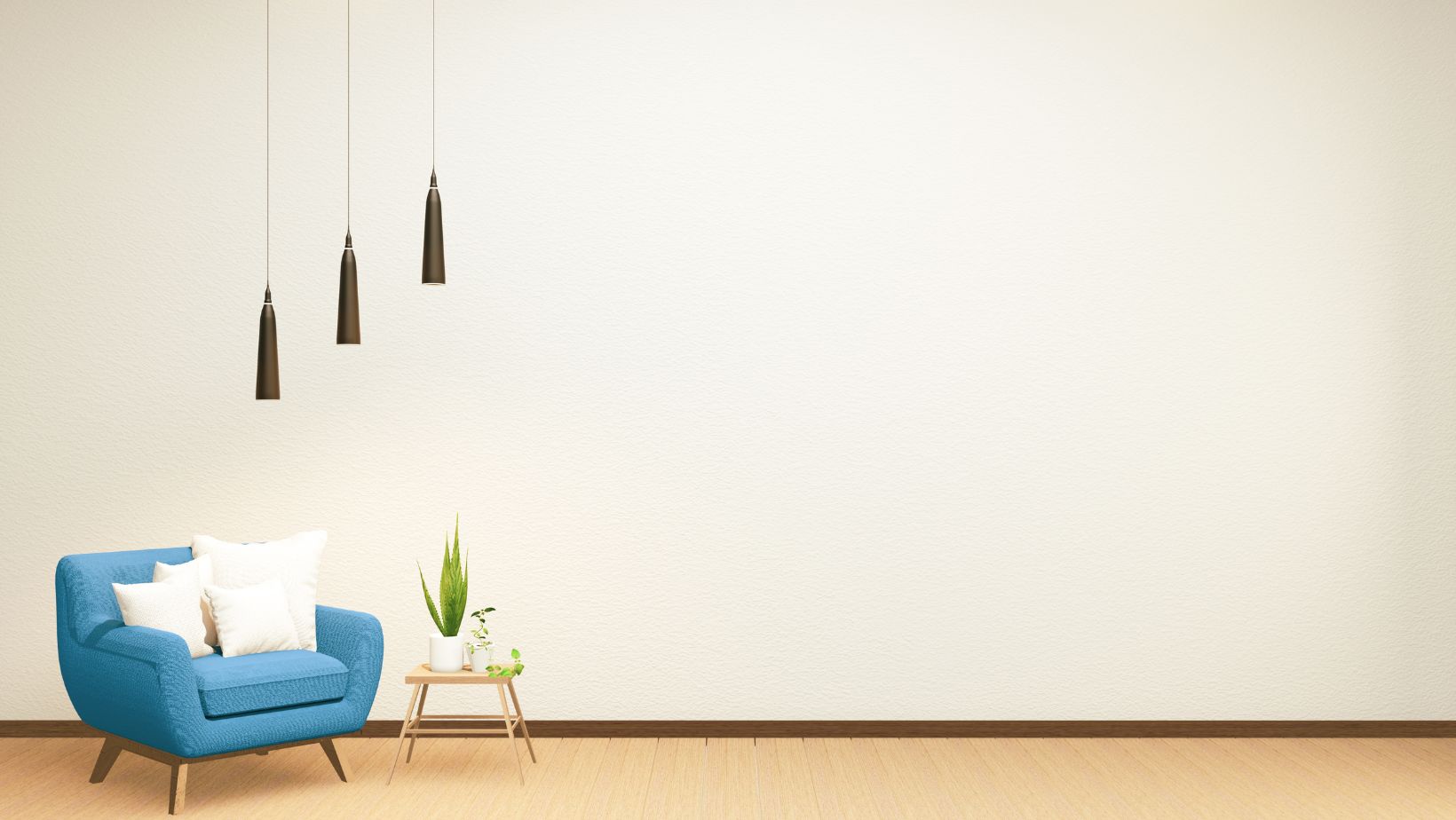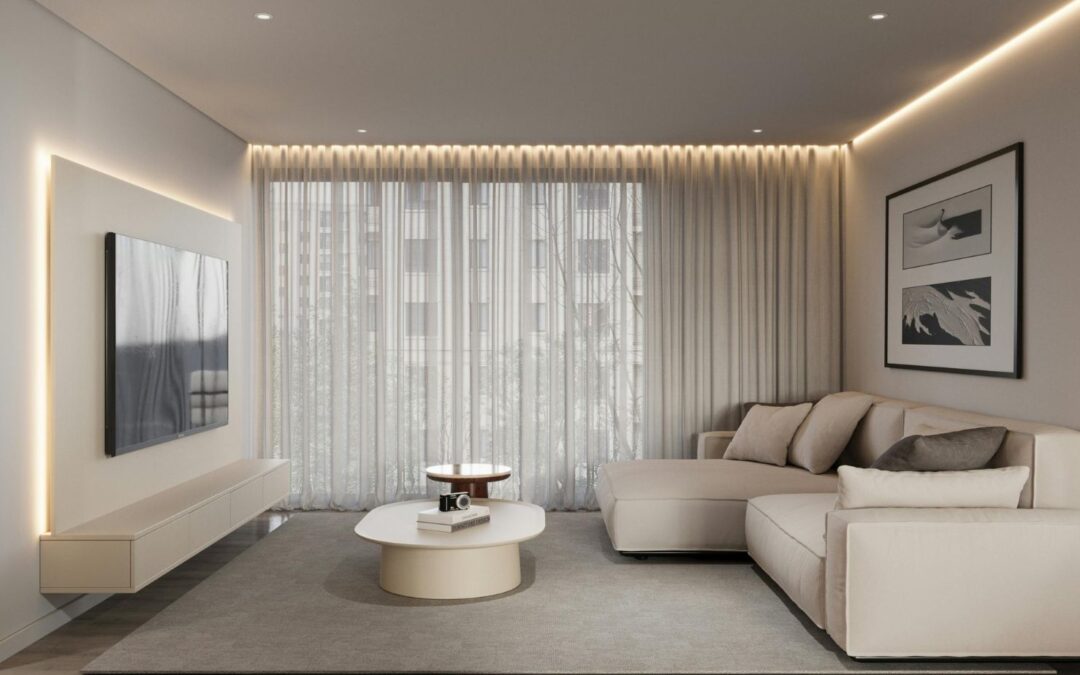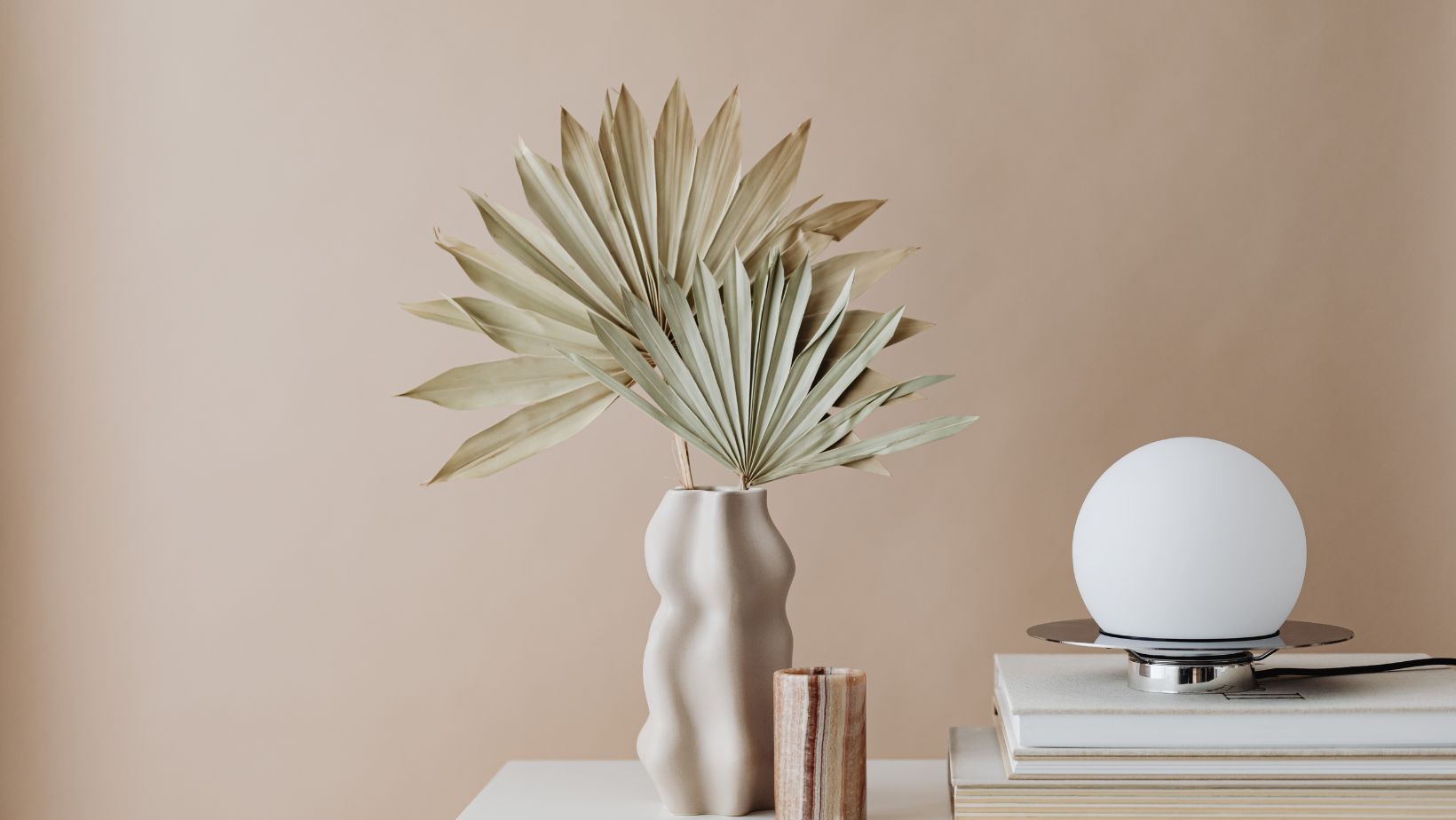In recent years, the world of interior design has undergone a subtle but powerful transformation. Homeowners and designers alike are embracing the principles of minimalism and modern aesthetics, moving away from overly ornate styles and cluttered interiors. This shift is not just about aesthetics—it’s a lifestyle choice rooted in clarity, functionality, and calm.
Why Minimalism Is More Than a Trend
Minimalism, at its core, is about living with intention. The philosophy centers on stripping away the unnecessary to make room for what truly matters. In design, this translates into open spaces, neutral tones, and a focus on quality over quantity. Instead of overcrowding a room with furnishings and accessories, minimalism encourages thoughtful selection—every item must serve a purpose or bring joy.
This design approach has gained traction due to the fast-paced, often chaotic world we live in. Minimalist spaces offer a sense of sanctuary. With less visual noise, these environments promote relaxation, concentration, and a deeper connection to the home.
Modern Design: Clean Lines and Functionality
While minimalism focuses on simplicity, modern design leans into clean lines, geometric shapes, and functional beauty. The two styles often overlap, especially in today’s interiors, where homeowners blend both to achieve a timeless and current space.
Modern design makes use of materials such as metal, glass, and natural wood. These elements add texture and depth without overwhelming the eye. Open-plan layouts and large windows are also common, reinforcing a sense of spaciousness and connection to the outdoors.
Color palettes tend to be subdued—think white, gray, beige, and black—providing a sophisticated backdrop for curated decor pieces and accent furnishings. Together, these characteristics form a cohesive and balanced environment.
Decluttering for Design Clarity
One hallmark of minimalist and modern design is the lack of clutter. This doesn’t mean rooms should feel sterile or impersonal. Rather, the goal is to showcase a few well-chosen pieces that reflect the homeowner’s taste and values. Whether it’s a sculptural lamp, a single piece of abstract art, or a plush, thoughtfully selected rug, each item plays a key role in defining the space.
In this context, modern contemporary rugs have become increasingly popular. Their sleek patterns and elegant tones complement minimalist interiors without drawing too much attention. A rug in this style can serve as a grounding piece in a living room or bedroom, subtly tying together all design elements.
The Role of Technology and Sustainability
Another reason behind the modern design movement is the influence of technology and eco-consciousness. Smart home features, integrated seamlessly into modern spaces, are now expected. At the same time, there’s a growing emphasis on sustainable design—choosing materials and furnishings that are eco-friendly, ethically made, and built to last.
Minimalist design naturally supports this ethic. By investing in fewer, better things and avoiding trends that go out of style quickly, homeowners can reduce waste and create homes that evolve gracefully over time.
Creating a Space That Reflects You
Ultimately, the move towards minimalist and modern design is about personal expression. Rather than adhering to outdated design rules or maximalist displays, today’s interiors reflect the personalities and priorities of those living in them. Whether you’re drawn to soft neutral tones or bold architectural lines, there’s room to make these styles your own.
With a considered approach—choosing furniture, textiles, and accessories that serve both aesthetic and practical needs—you can create a home that’s stylish and deeply comforting. Minimalism and modernism, when applied thoughtfully, offer more than a look—they offer a way of living.


